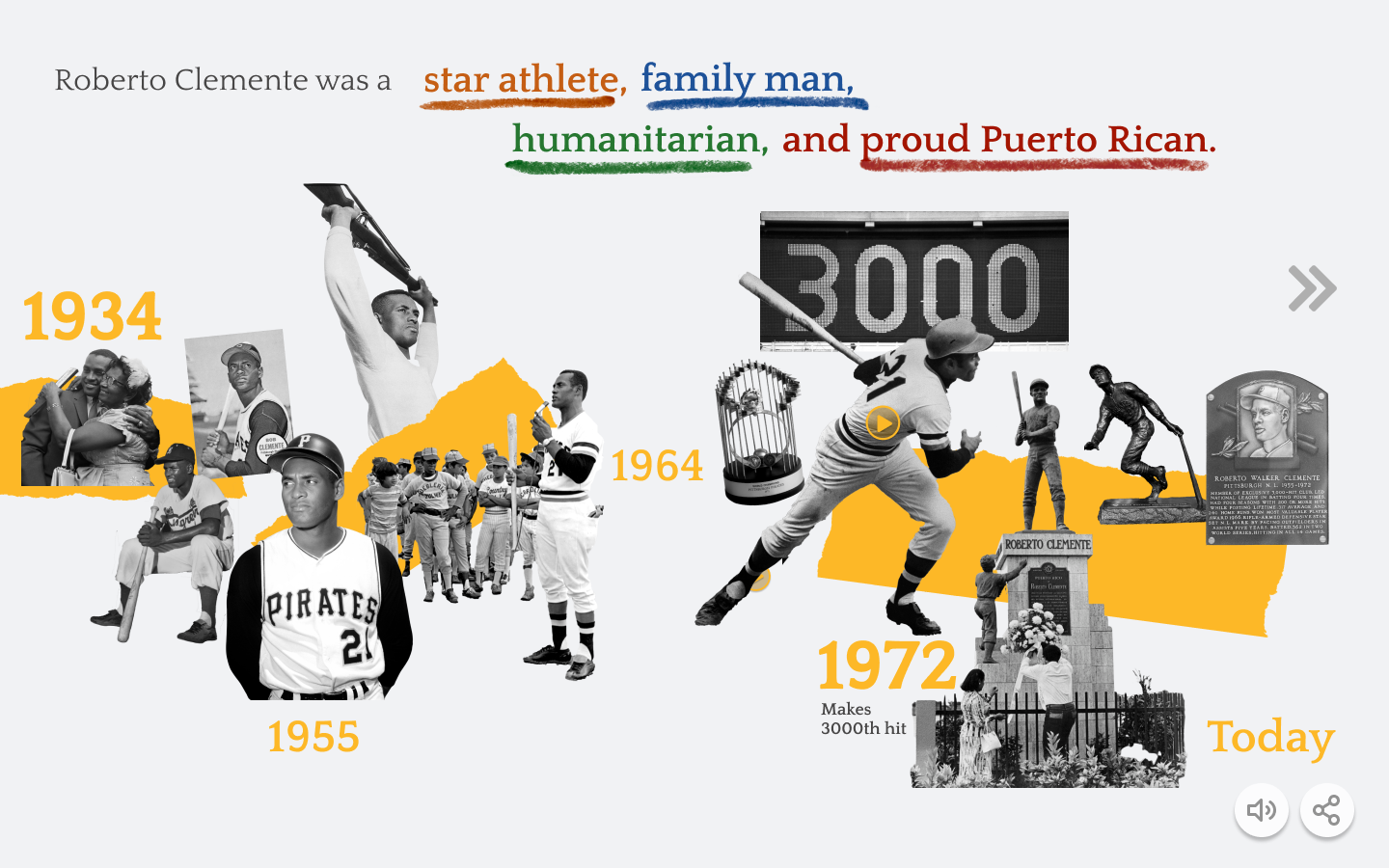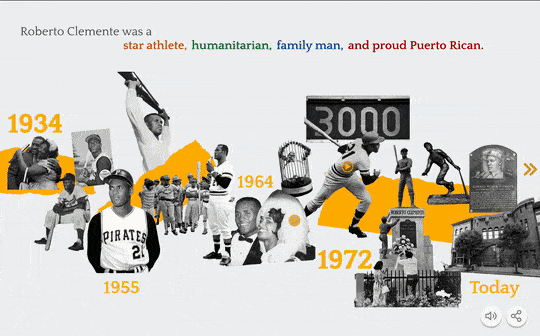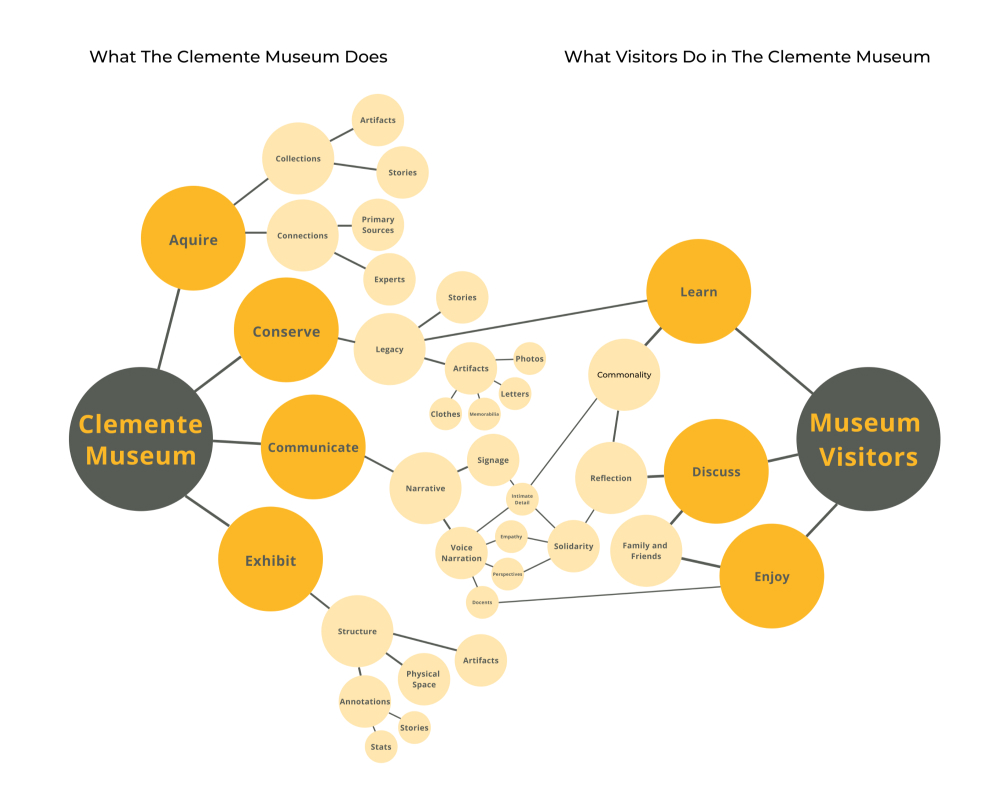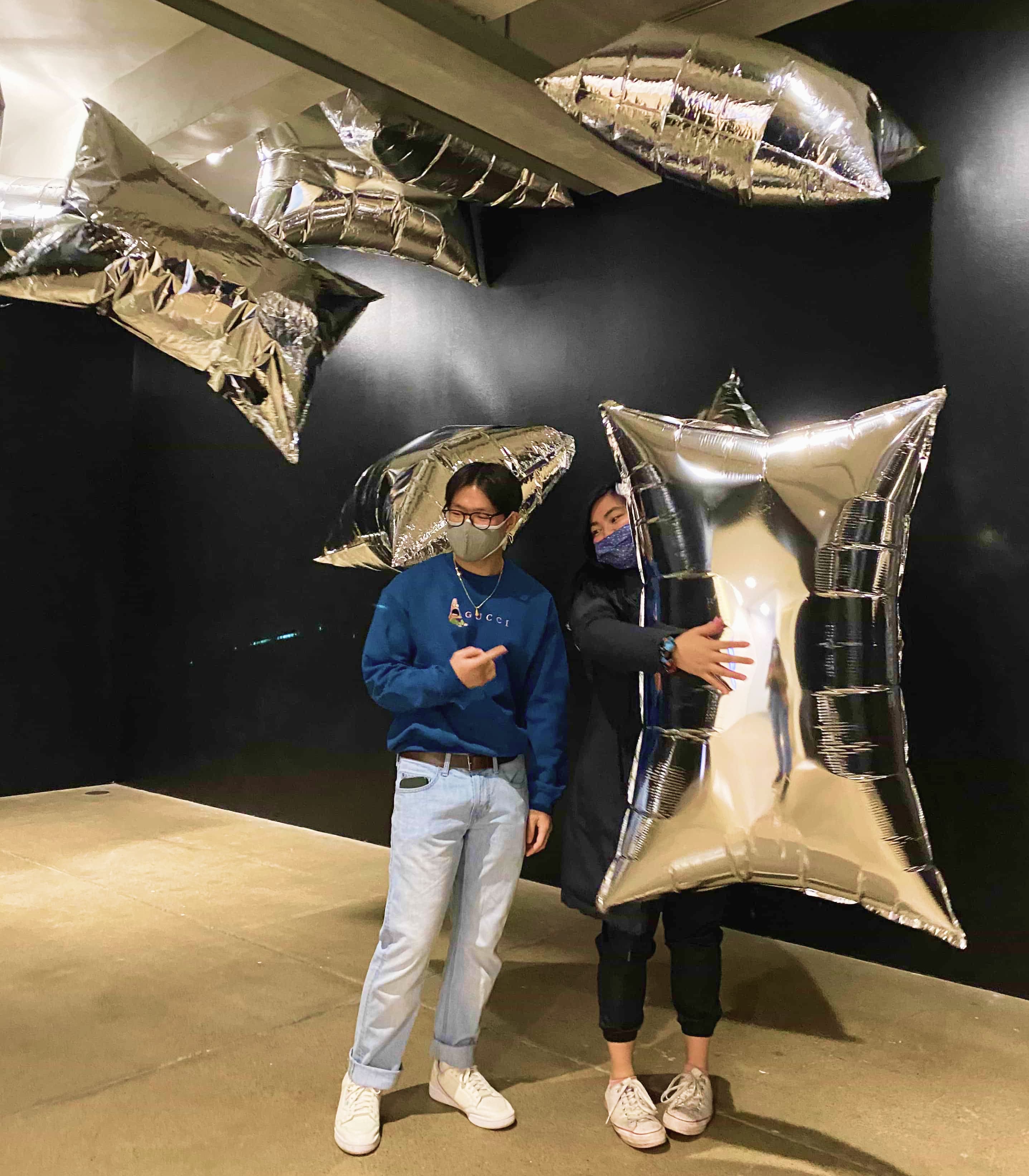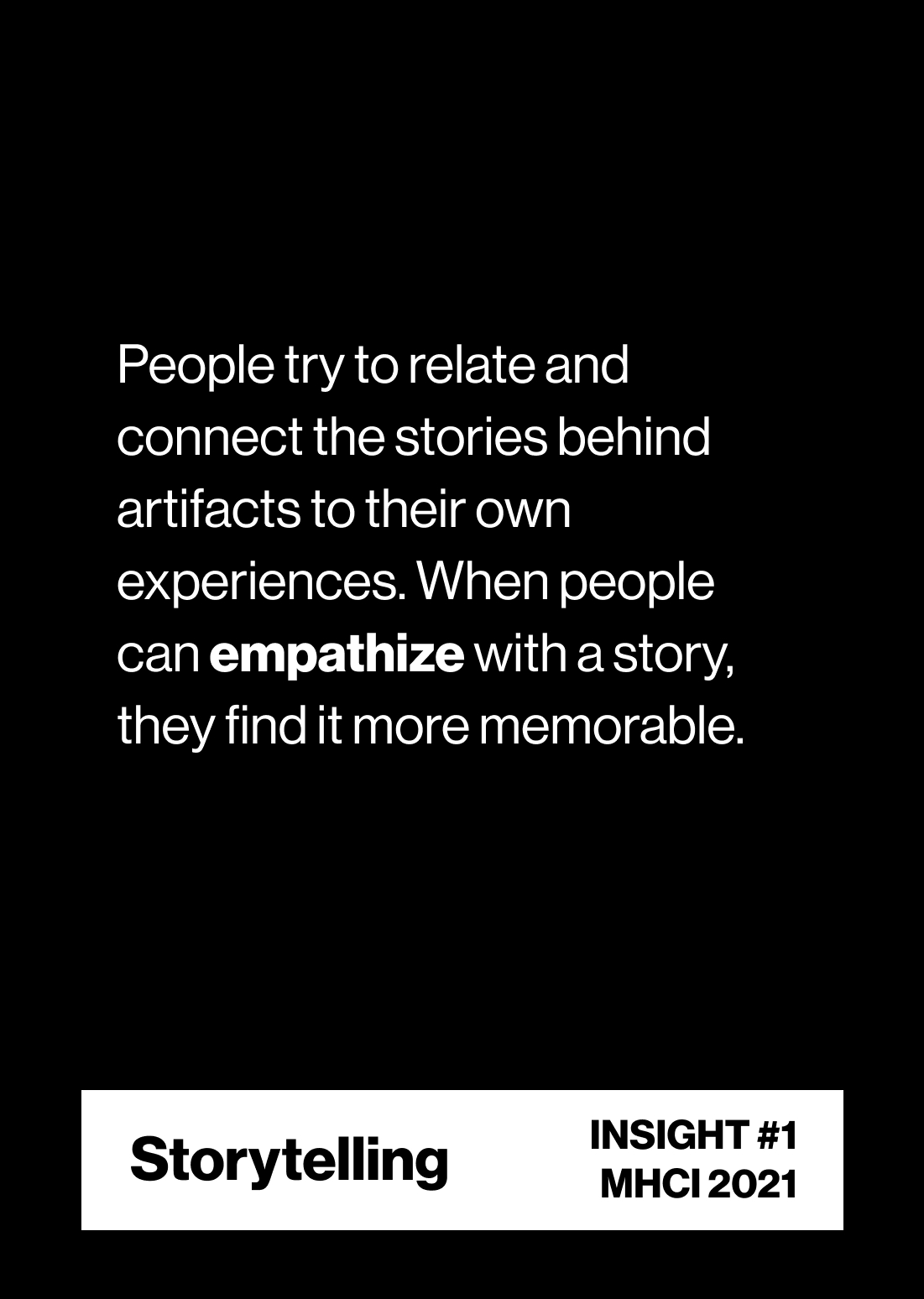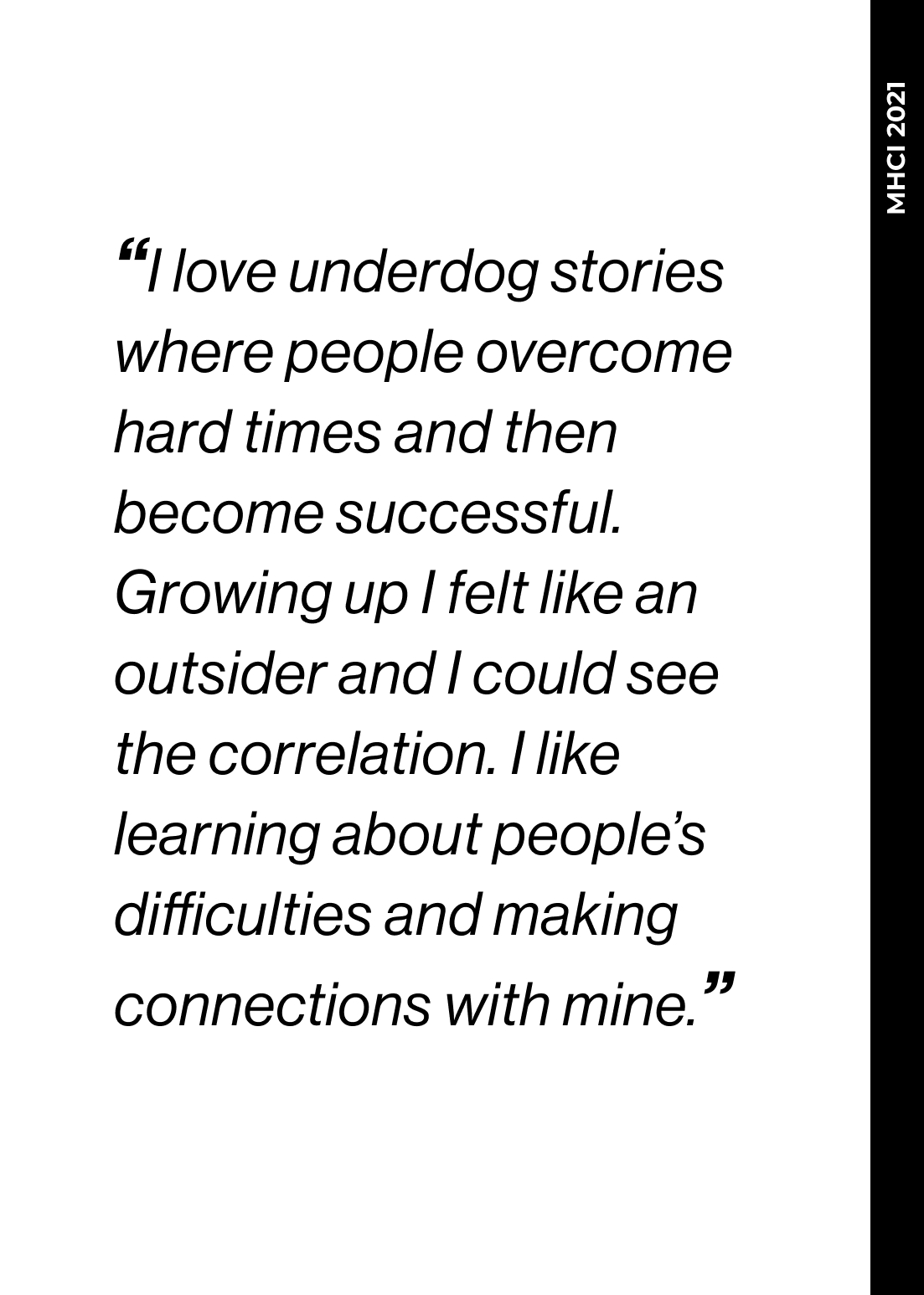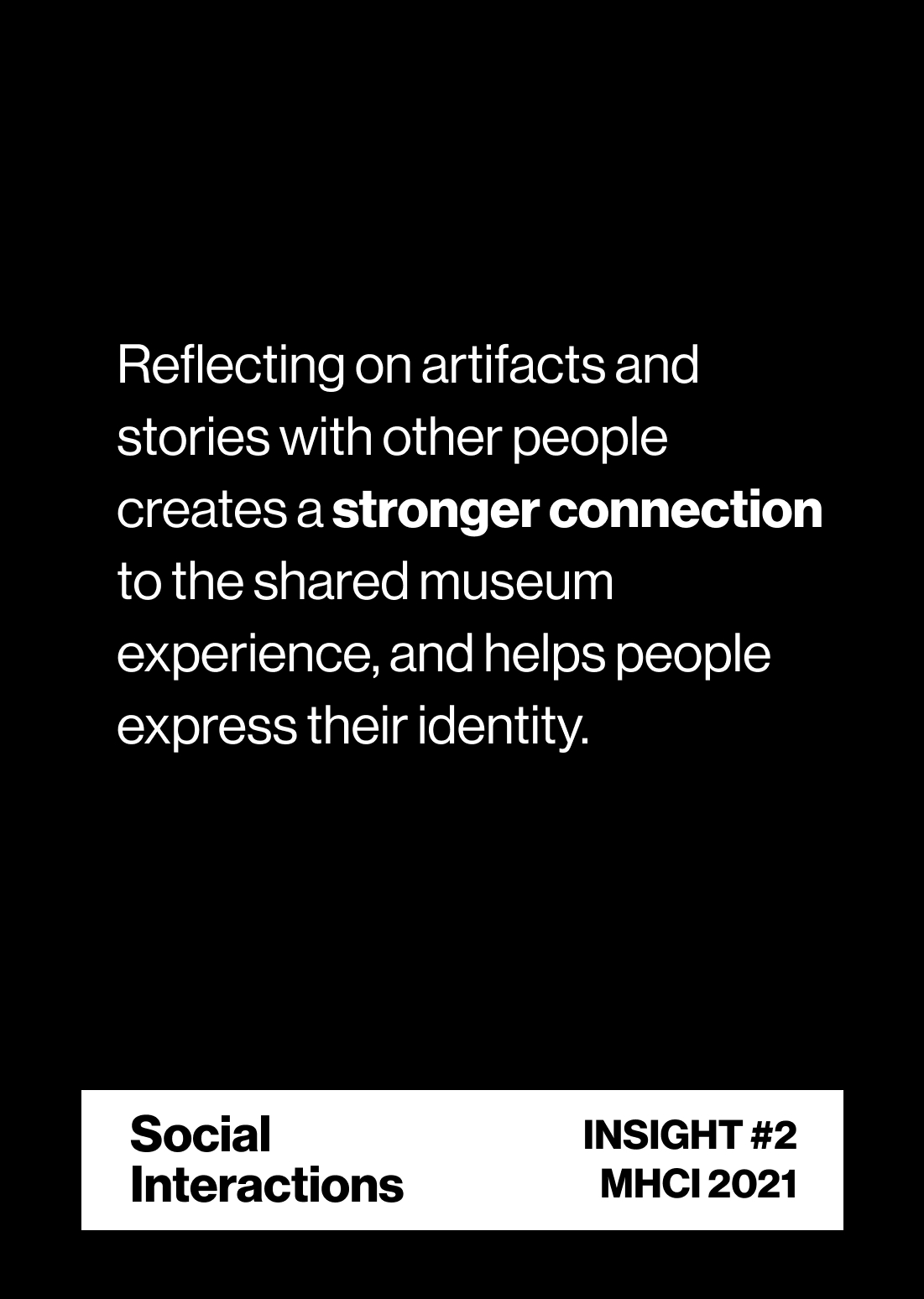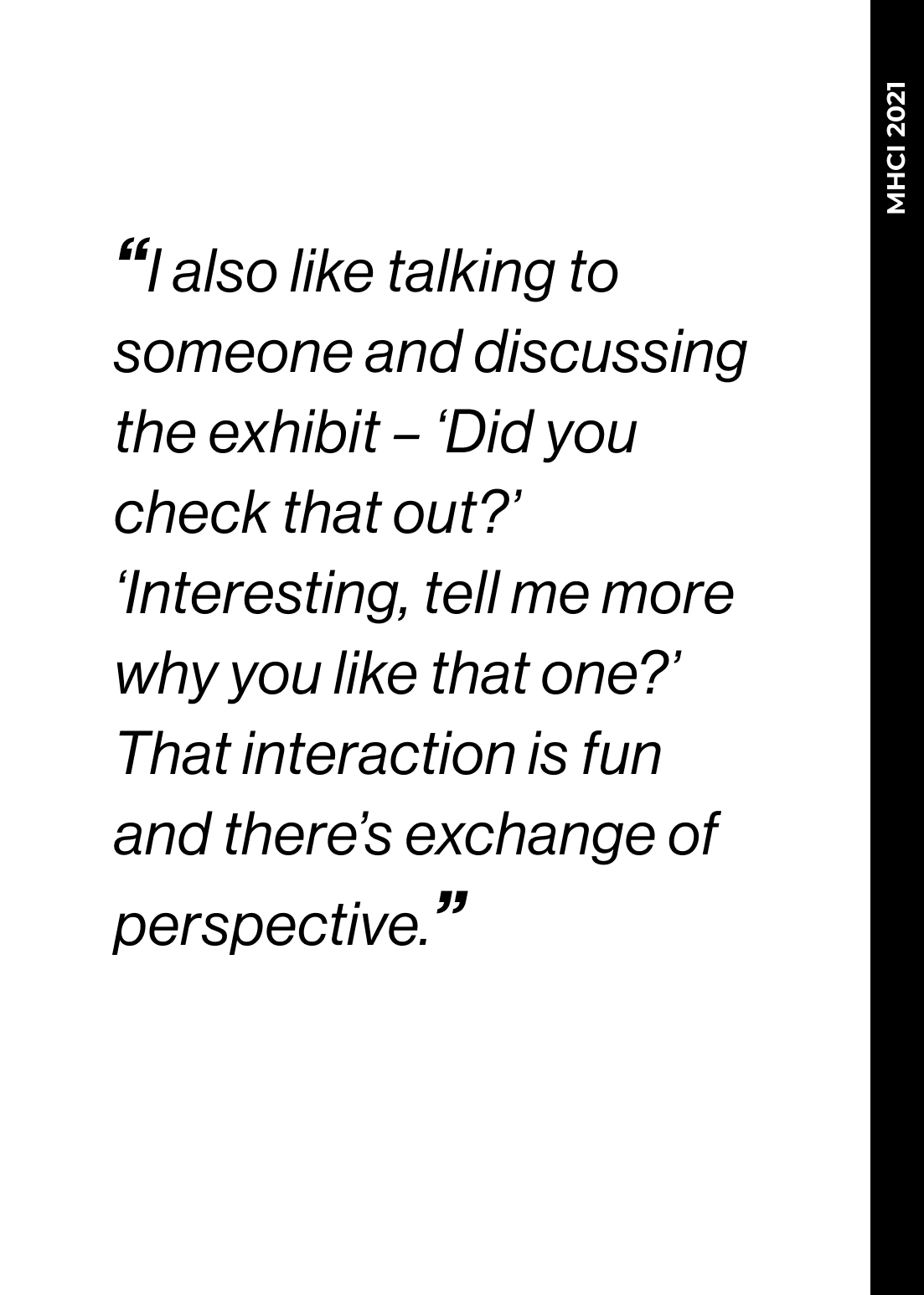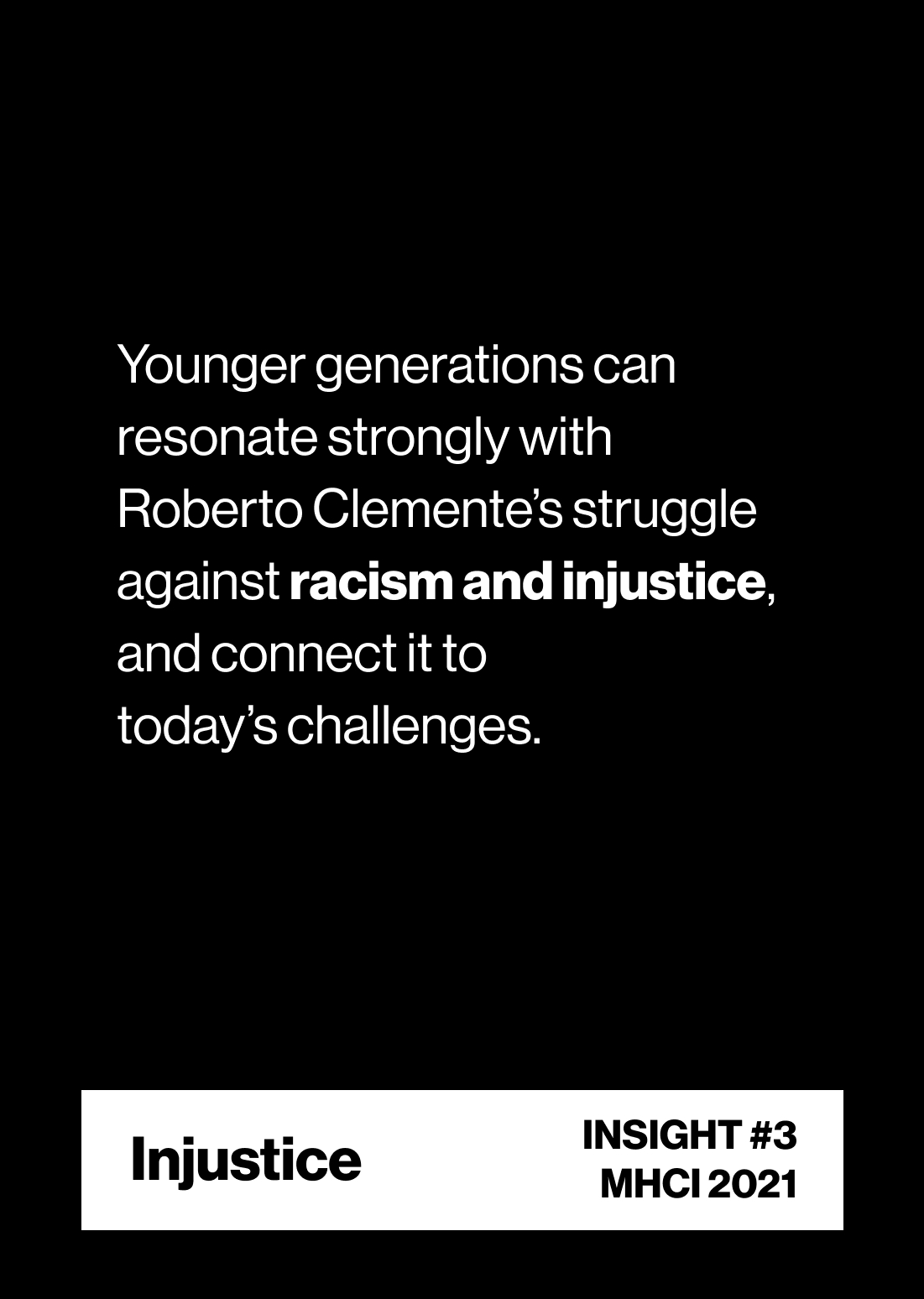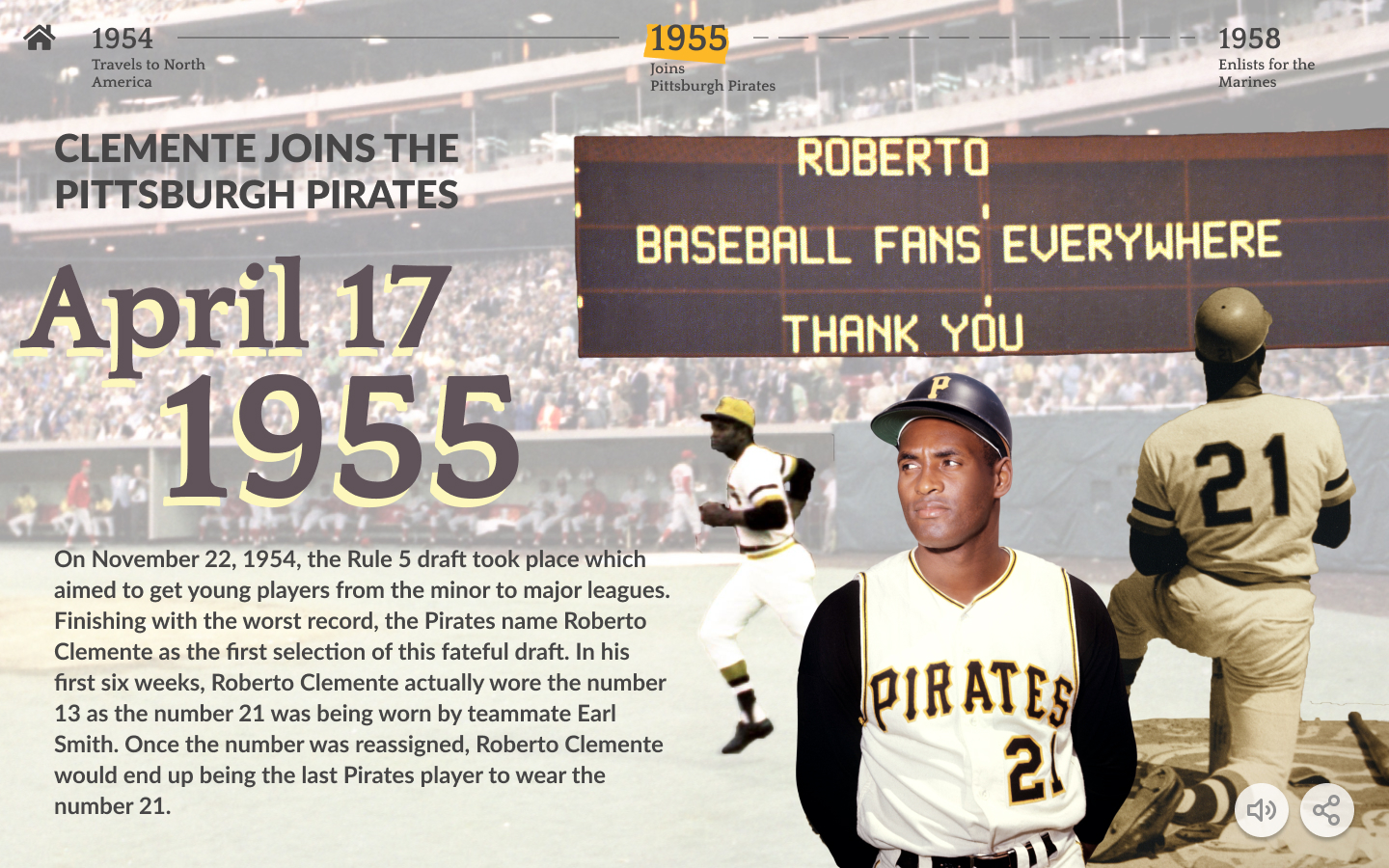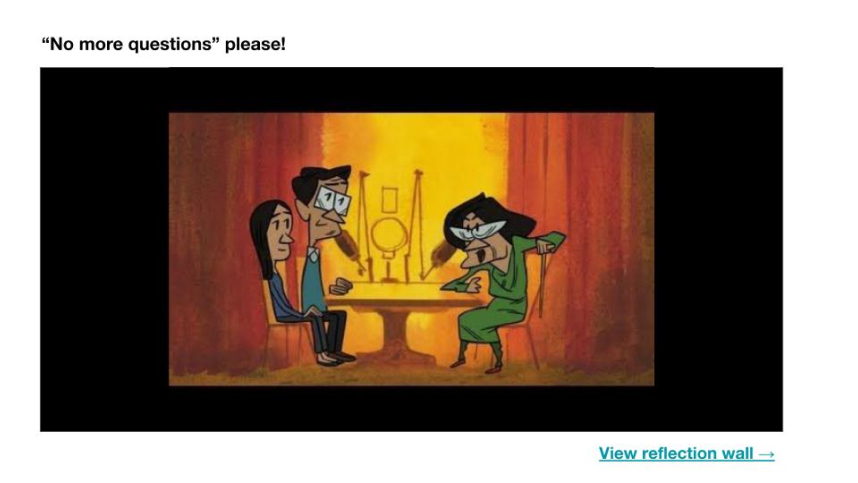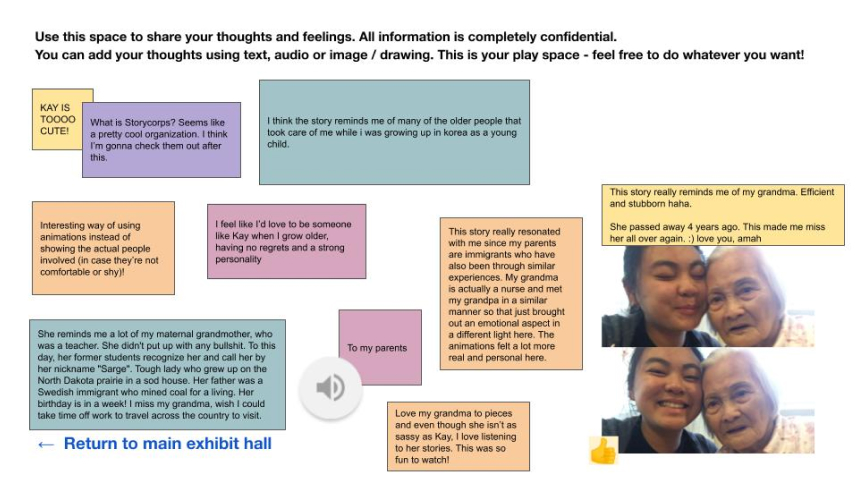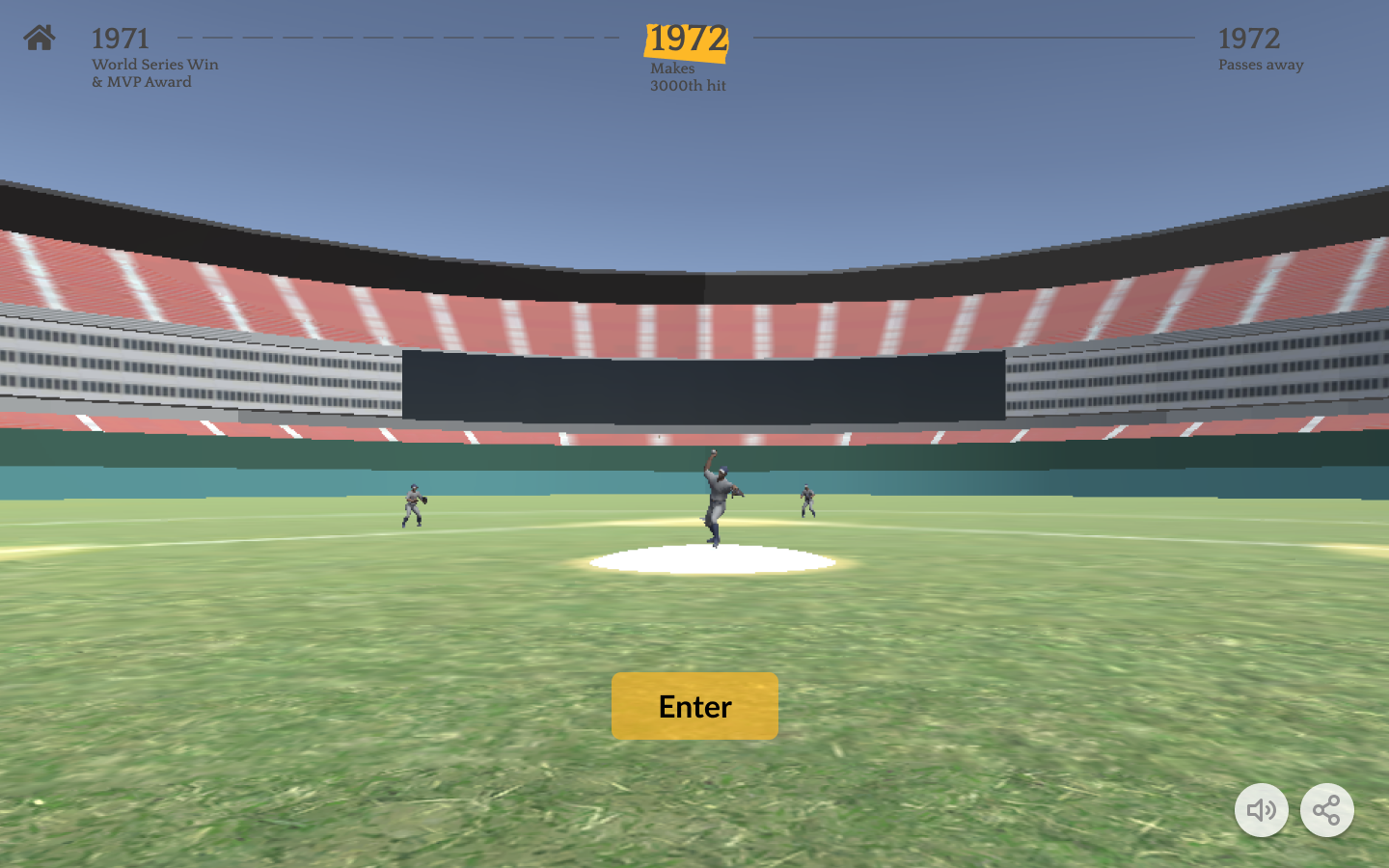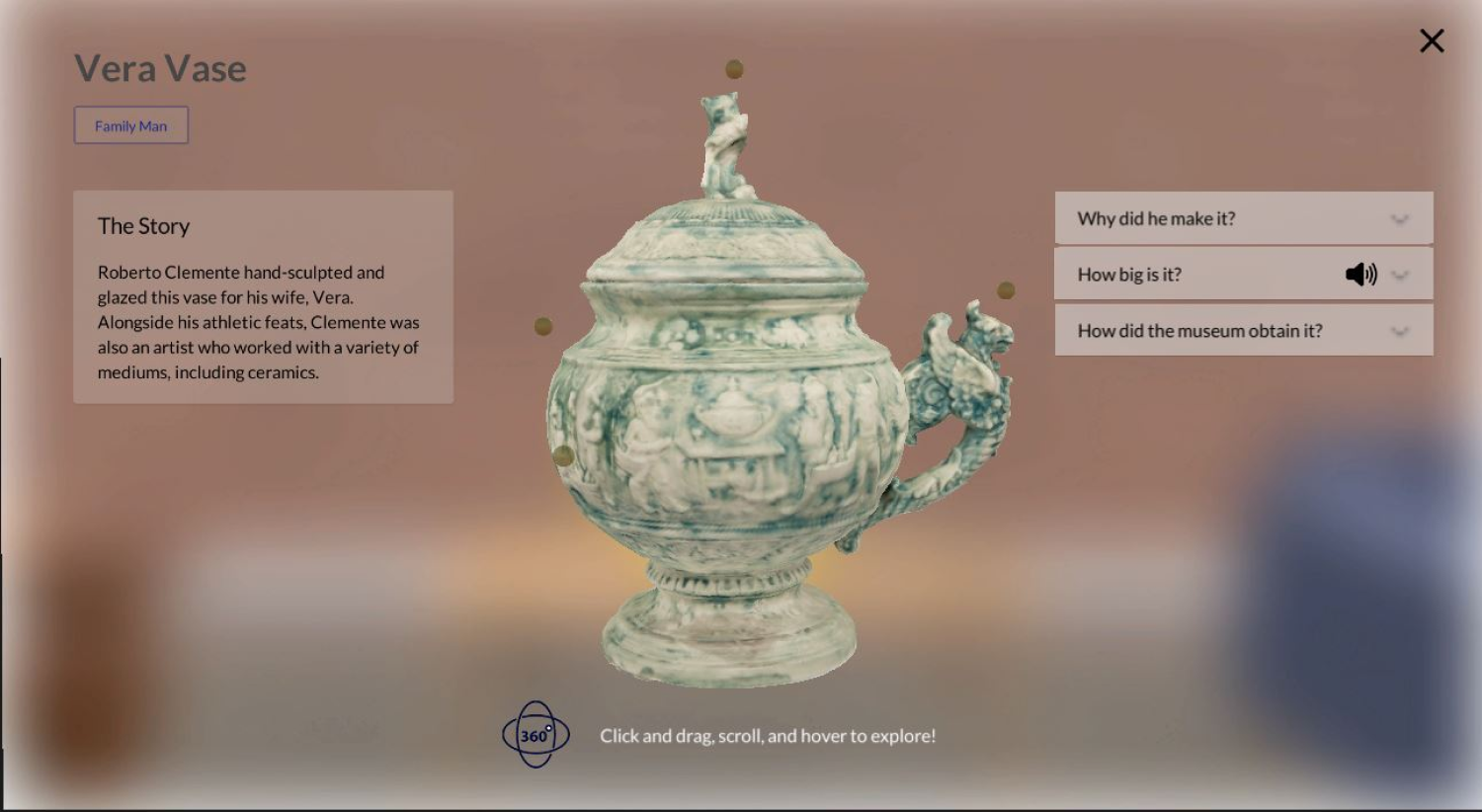The 21st Hour puts emphasis on Clemente’s life beyond his fame as a star athlete but also as a proud Puerto Rican, family man, and humanitarian, to engage and inspire the next generation of young adults.
Overview
Our web experience is structured through a more traditional, yet interactive timeline. Its aesthetic draws upon elements of history and combines it with a modern feel.
Our final design makes history interactive, and bridges the gap with usable design. By focusing the virtual, immersive scenes into key moments in Clemente's life, users are offered much more context as to what the virtual scene represents, and what they can do inside it.
